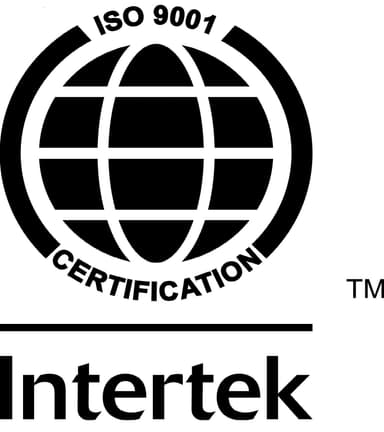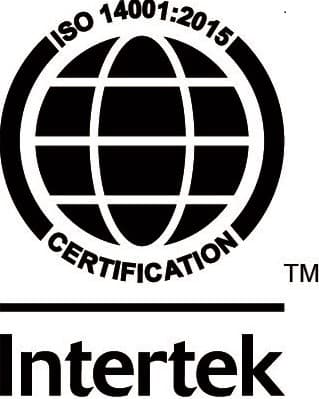How to flush a radiator with or without a powerflush
1. Flushing a radiator using a powerflush
Powerflush is a cleansing process which aims to remove deposits of sludge, rust and any other debris from your central heating system. These contaminants, if left, can seriously affect the efficiency of your heating system and could even stop the radiator heating.
Powerflushing needs to be done by a person with sound knowledge of plumbing and heating installations. A powerflush machine is used to circulate powerful cleansing chemicals. These target rust, sludge and limescale, and when the treatment is completed water will be able to circulate freely throughout your central heating system.
What are the benefits of a powerflush?
- Increased lifespan of central heating system
- Increased efficiency
- Reduced risk of breakdown
- Elimination of kettling (banging noises)
2. Flushing a radiator without a powerflush
Although you can do this yourself, it’s not something to take on if you’re not confident with DIY.
- Shut off the water supply to the radiator and then manually remove the radiator from the wall. This may be a two-person job as they can be quite heavy
- Carry the radiator into the garden, or somewhere where you can make mess
- Flush water through the different valves of the radiator using a garden hose until it runs clear and no longer looks dirty
- When the water is clear, carry the radiator back inside, reconnect it, and then turn the water supply back on





